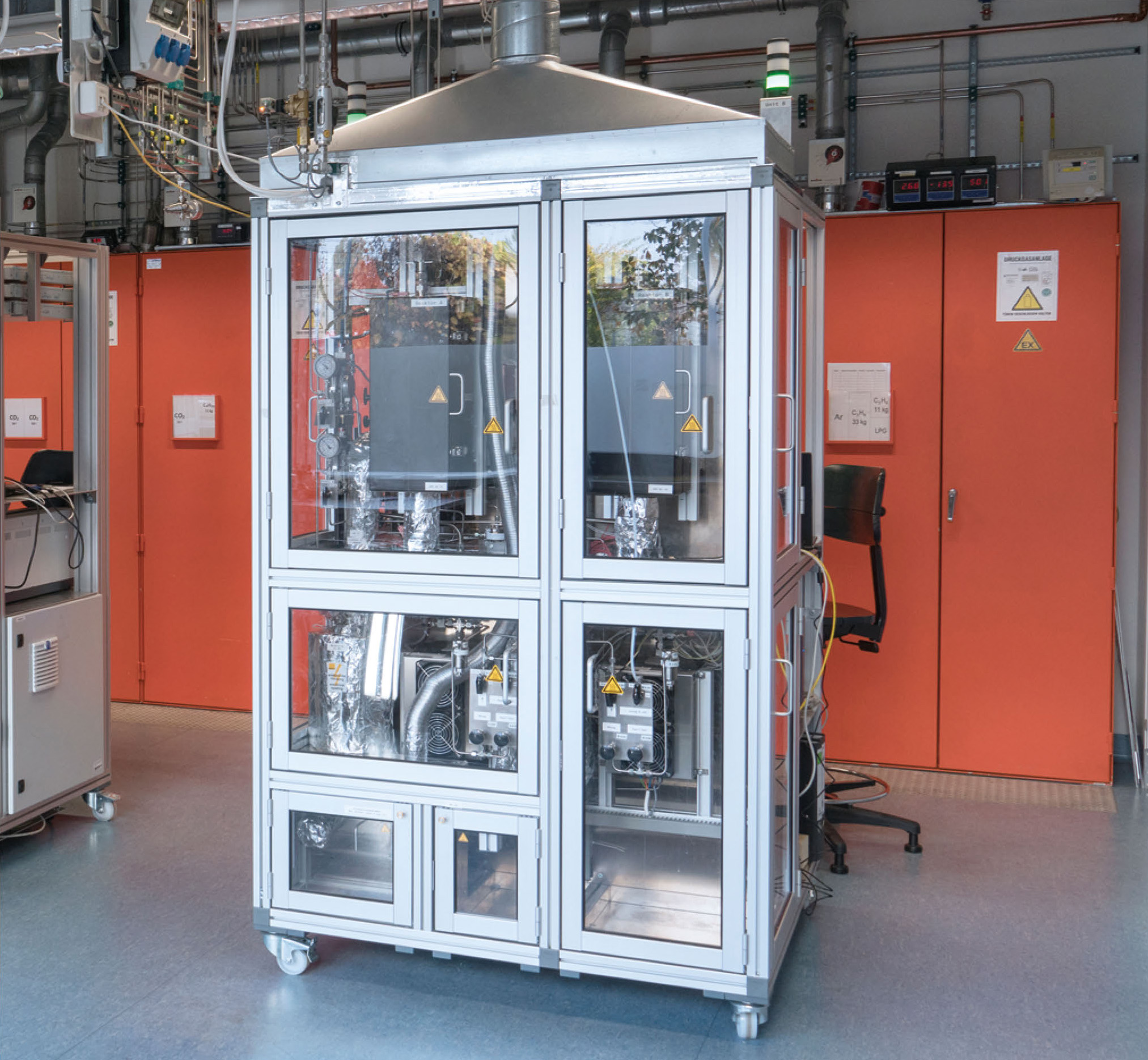
Degradation behavior of iron-based Fischer-Tropsch catalysts
Current research



The transformation of the chemical industry towards climate neutrality poses challenges for all stakeholders. Last year, this chemical industry was responsible for around 935 Mt CO2 equivalents in direct emissions (approx. 2.5 %) due to the predominant use of fossil raw materials. Part of the transformation of the sector is the establishment of a circular economy in which CO2 is no longer seen as a waste product but as a valuable raw material. For this reason, the Fischer-Tropsch synthesis (FTS), which has been known for almost 100 years, is currently experiencing a renaissance. This reaction from hydrogen and carbon monoxide can be used to produce a considerable variety of valuable hydrocarbons, known as synthesis gas. This synthesis gas can be produced from electric energy, CO2 and water in processes summarized under the term “Power-to-X” on the basis of electrolytic processes. Fischer-Tropsch synthesis thus opens up a path for the sustainable production of chemical products previously produced using fossil fuels.
At Fraunhofer IKTS, iron-based FT-catalysts are a focal point of research. This is because, unlike cobalt-based catalysts, they can produce not only kerosenes and olefins, but also high-quality oxygenated hydrocarbons, mainly alcohols. In addition, iron is cheaper, and unlike cobalt it can be extracted under less critical conditions. The actual active phase of iron-based catalysts is a complex mixture of various iron carbides and oxides, so that influencing and describing the product spectrum is very complex, especially as changes in the phase composition can also occur under reaction conditions.
Using selective synthesis strategies, specific active iron carbides were produced at Fraunhofer IKTS and investigated with regard to their catalytic activity and long-term behavior (> 1000 h). As part of the “SOC degradation 2.0” project, catalyst properties were identified which are advantageous for the Fischer-Tropsch synthesis of higher alcohols and greatly increase catalyst stability and service life. In addition to longterm tests, experiments were also carried out to accelerate the catalysts’ aging process.
The results provide a better understanding of the relationships between catalyst composition, degradation and performance. On this basis, more resistant catalysts are now to be developed which enable longer service lives with optimized performance in terms of product composition.
Supported by
